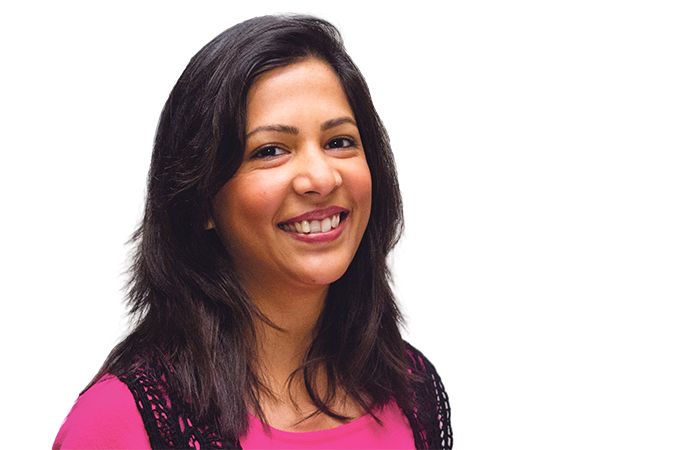Juliet Capulet once famously quipped: “What’s in a name?” In a twist on the classic Shakespearean question, I’ve been hard-pressed to address the question: What’s in a surname?
The best part about moving to a new country and continent are the opportunities to meet new people and have new experiences. Never in my wildest dreams would I have guessed that one of my earliest fun experiences would include acquiring a new surname in Denmark.
A couple of days after my arrival in Denmark, I made the mandatory trip to the Borgerservice office for the necessary formalities and paperwork required to receive CPR numbers for my daughter and I. Once all the papers were in order, the final check involved our passports. The official perusing our papers looked at our passports and said: “There is no surname here.” I explained briefly that some Indians used their father’s or husband’s first name as a part of their own name and did not use a separate surname per se. Short and simple, or so I thought.
Perhaps I should have taken her through the longer version, which requires rewinding to the 1960s and 70s. Several Indians from villages in South India migrated to Bombay (or Mumbai as it is called now) in West India in search of employment. In addition to their first name and father’s name, they had surnames to signify the family they belonged to, the ancestral village they came from or the caste they belonged to. The problem was the surnames were long and difficult to pronounce for most of the rest of the country. Also, when you were living in a multicultural and cosmopolitan city like Mumbai, the family or village you came from was not too important. What mattered was how hard you worked and what you made of your opportunities.
This prompted a large number of South Indians to drop their surnames and use their father’s name as a part of their given names in an effort to keep it simple. In case you are wondering what I’m talking about, here’s an analogy. Picture Europe not as a continent but as one country. Imagine the European countries as states within Europe – each with their own languages, customs and culture. This should give you an inkling of the diversity and complexity of India.
After that brief history lesson, let’s return to modern day, in another city in another country. One thing remains unchanged – the surname (or the lack thereof) continues to pose a challenge. The Borgerservice official was not convinced by my response. She mentioned that CPR cards could not be issued without a surname. In the absence of a surname, the word ‘efternavn’ (the Danish word for surname or last name) would be added to our names. So in effect, for all intents and purposes, I would be Sarita Rajiv Efternavn in Denmark! My overactive imagination took over, painting not-so-amusing scenarios of my daughter being the butt of jokes at her kindergarten and me explaining to all and sundry just why I had the word ‘efternavn’ after my name, each time I used my CPR card.
No, that would not do. The official kindly offered a solution. If I did not want the word ‘efternavn’ added to my name, all I had to do was get my passport changed to reflect my own surname. I had visions of flying back to India and explaining to an Indian bureaucrat why I needed a new passport. He or she would probably ask me to get the name on my birth certificate changed. Since getting a new passport was not an option, my husband decided to email a complaint. Multiple emails to multiple departments followed several phone calls. Finally, we received new CPR cards with our names as they were in our passports.
In hindsight, I think I should have retained my new surname a little longer. What a fun conversation starter it could have been. I could have had conversations with complete strangers when I handed over the card at the bank, doctor’s clinic, pharmacy, language school and library. My guess is it would take no less than 15 minutes to explain the story behind the efternavn.
I wonder what Shakespeare would have made of this?















